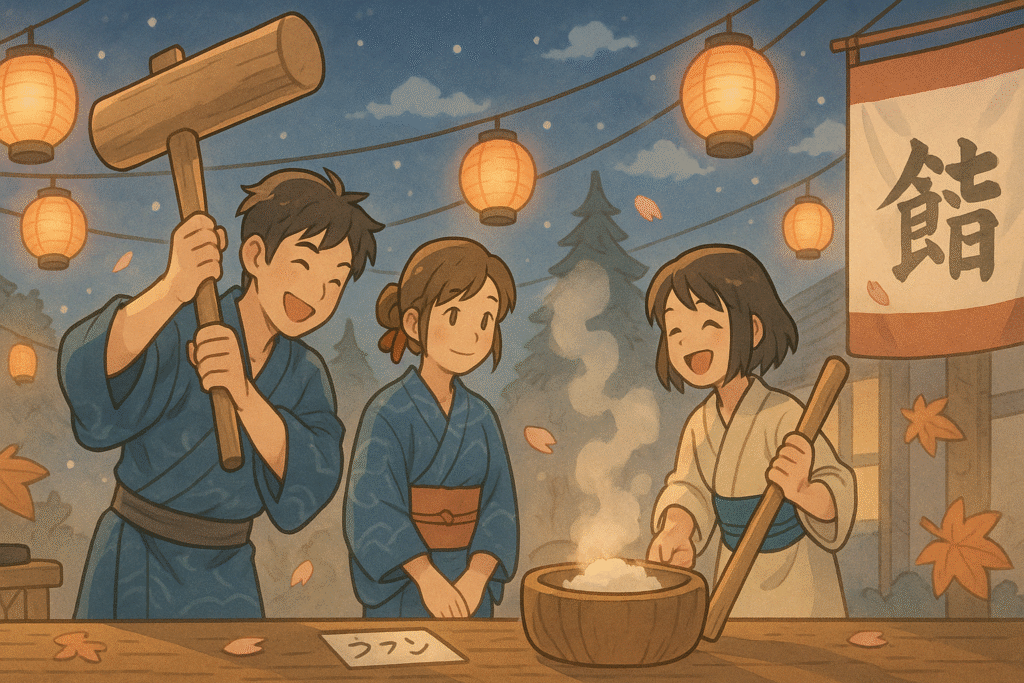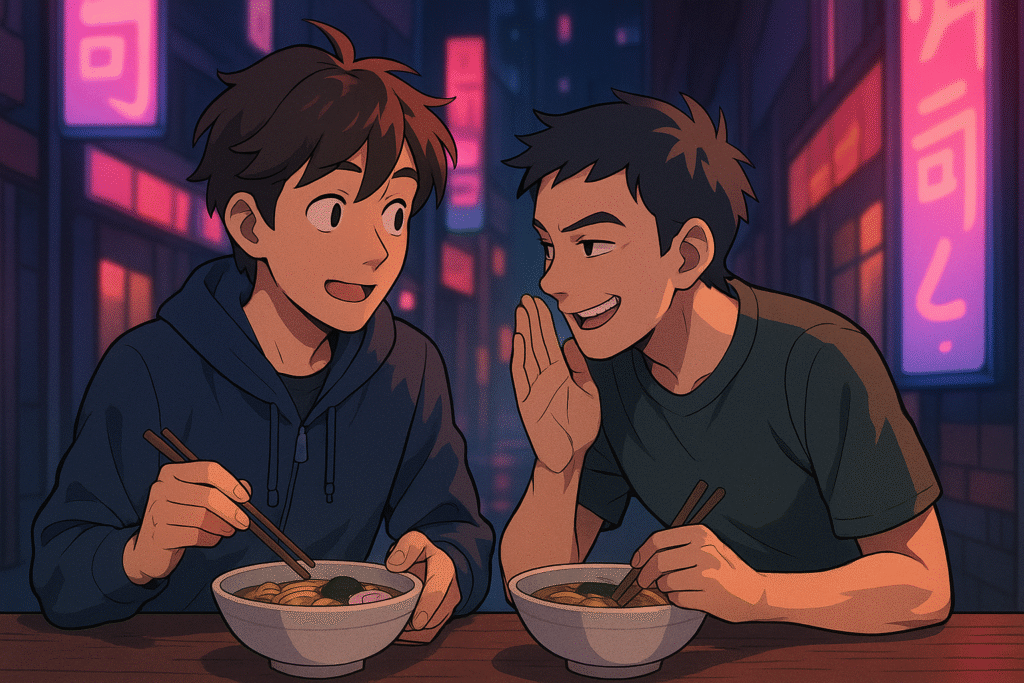Have you ever wondered about the story behind the kanji for one of Japan’s most beloved traditional treats? The journey to understanding 餅 (mochi kanji) opens a fascinating window into Japanese language, culture, and culinary traditions. Whether you’re a language enthusiast or simply curious about Japanese writing, this exploration of mochi kanji will enhance your appreciation of this distinctive character and its cultural significance.
The Meaning and Structure of Mochi Kanji
The kanji 餅 (mochi) represents the popular Japanese rice cake made from glutinous rice pounded into a sticky, chewy consistency. This character belongs to the Jōyō kanji list, specifically at grade 8 level, making it an intermediate to advanced character that Japanese students typically learn in their later education years.
With 14 strokes, mochi kanji (餅) combines two main components:
- 食 (shoku): the radical meaning “to eat” or “food”
- 并 (hei): representing “combine” or “put together”
This composition beautifully captures the essence of mochi—a food created by combining and processing rice into a unified, cohesive mass. The character’s structure itself tells the story of mochi’s creation process!
Reading the Mochi Kanji
Like many Japanese kanji, 餅 can be read in multiple ways depending on context:
On-yomi (Chinese-derived readings):
- ヘイ (hei) – The primary Chinese-derived reading
- ヒョウ (hyō) – An alternative on-yomi reading
Kun-yomi (Japanese native readings):
- もち (mochi) – The most common Japanese reading
- もちい (mochii) – An alternative native reading
Understanding these different readings is essential for mastering Japanese kanji. As we explored in our article on onyomi and kunyomi examples, these reading systems reflect the fascinating historical blend of native Japanese words with imported Chinese characters.
Common Words Using Mochi Kanji
The 餅 character appears in numerous Japanese words and compounds. Here are some of the most useful:
Want to explore Japan’s culture?
Discover Japan’s rich culture, traditions, and hidden gems with our expertly crafted guides. Get insider tips on travel, food, and history. All for free!
Words with the Reading “もち” (mochi):
- 餅 (もち) – Simple rice cake
- お餅 (おもち) – Honorific form of mochi
- 鏡餅 (かがみもち) – Kagami mochi, traditional New Year decoration
- 草餅 (くさもち) – Yomogi mochi, rice cake with mugwort
Words with On-yomi Readings:
- 煎餅 (せんべい) – Senbei, Japanese rice cracker
- 月餅 (げっぺい) – Mooncake, traditional Chinese confection
Each of these words represents not just vocabulary but cultural concepts important in Japanese society. For example, kagami mochi is placed as a New Year offering, showing how deeply mochi is woven into Japanese traditions.
Cultural Significance of Mochi
Understanding mochi kanji goes beyond language—it connects us to centuries of Japanese culinary and cultural tradition. Mochi has been a significant food in Japan since ancient times, often appearing in religious ceremonies, festivals, and important life events.
During the New Year celebration (お正月, oshōgatsu), families display and later eat kagami mochi as a ritual for good fortune. The mochi symbolizes purity and renewal, reflecting values central to Japanese cultural identity.
As we discussed in our article about yokoso meaning, understanding these cultural contexts enhances language learning by connecting words to their lived experience in Japanese society.
Tips for Memorizing Mochi Kanji
Struggling to remember how to write 餅? Here are some effective strategies:
- Component Analysis: Break down the kanji into its components (食 + 并) and learn each separately.
- Mnemonic Method: Create a story linking food (食) being combined or put together (并) to create mochi.
- Practice Writing: The 14 strokes must be mastered through repetition. Practice writing the character daily.
- Contextual Learning: Learn the kanji in words you’ll actually use, like 餅つき (mochitsuki, mochi-pounding ceremony).
- Visual Association: Picture a round mochi cake when you see the kanji to create a mental image.
These techniques align with modern research on effective language acquisition, which we explore more deeply in our guide to Japanese language resources.
Common Questions About Mochi Kanji
What does the kanji for mochi mean?
The kanji 餅 (mochi) represents Japanese rice cakes made from glutinous rice pounded into a sticky consistency. It combines the radical for “food” with elements suggesting “combining” or “putting together.”
Is mochi kanji considered difficult?
Yes, with 14 strokes and JLPT N1 level classification, 餅 is considered an advanced kanji. It’s typically learned at grade 8 level in the Japanese education system.
What are the different ways to read the mochi kanji?
The mochi kanji can be read as “もち” (mochi) in kun-yomi reading, and “ヘイ” (hei) or “ヒョウ” (hyō) in on-yomi readings.
How is mochi kanji used in compound words?
Mochi kanji appears in words like 煎餅 (senbei, rice cracker), 鏡餅 (kagami mochi, ceremonial New Year mochi), and 月餅 (geppei, mooncake).
Practical Usage Examples
To help cement your understanding, here are some practical sentences using mochi kanji:
- おばあちゃんは手作りの餅が上手です。 Obaachan wa tezukuri no mochi ga jōzu desu. Grandmother is skilled at making homemade mochi.
- 正月には必ず鏡餅を飾ります。 Shōgatsu ni wa kanarazu kagami mochi o kazarimasu. We always display kagami mochi for New Year’s.
- 子どもたちは餅つき大会を楽しみました。 Kodomotachi wa mochitsuki taikai o tanoshimimashita. The children enjoyed the mochi-pounding festival.
- お茶と一緒に煎餅をどうぞ。 Ocha to issho ni senbei o dōzo. Please enjoy these rice crackers with your tea.
Expanding Your Japanese Kanji Knowledge
Learning mochi kanji is just one step on your journey to Japanese fluency. The layered meanings, multiple readings, and cultural contexts of kanji make them challenging but rewarding to study.
If you’re looking to advance your Japanese studies further, check out our free guides on learning Japanese where we offer comprehensive strategies for mastering kanji, vocabulary, and grammar structures.
As you continue exploring Japanese characters, remember that each kanji tells a story—of language evolution, cultural practice, and human experience. The mochi kanji (餅) connects us not just to linguistic knowledge but to centuries of tradition centered around a beloved food that continues to hold special meaning in Japanese society.
Conclusion
Mastering mochi kanji (餅) opens a doorway to understanding both Japanese language and culture. From its component parts to its various readings and cultural significance, this character exemplifies the rich complexity of the Japanese writing system. By learning how this kanji represents not just a popular food but cultural traditions and values, we gain deeper insight into the interconnected nature of language and society.
Whether you’re a serious Japanese language student or simply curious about kanji, the story of mochi kanji demonstrates how a single character can contain worlds of meaning. So the next time you enjoy a delicious piece of mochi, take a moment to appreciate the character that represents it and the cultural heritage it embodies.
Love Japan? Stay in the Loop!
Get the best of Japan straight to your inbox: language, culture & travel insights!




